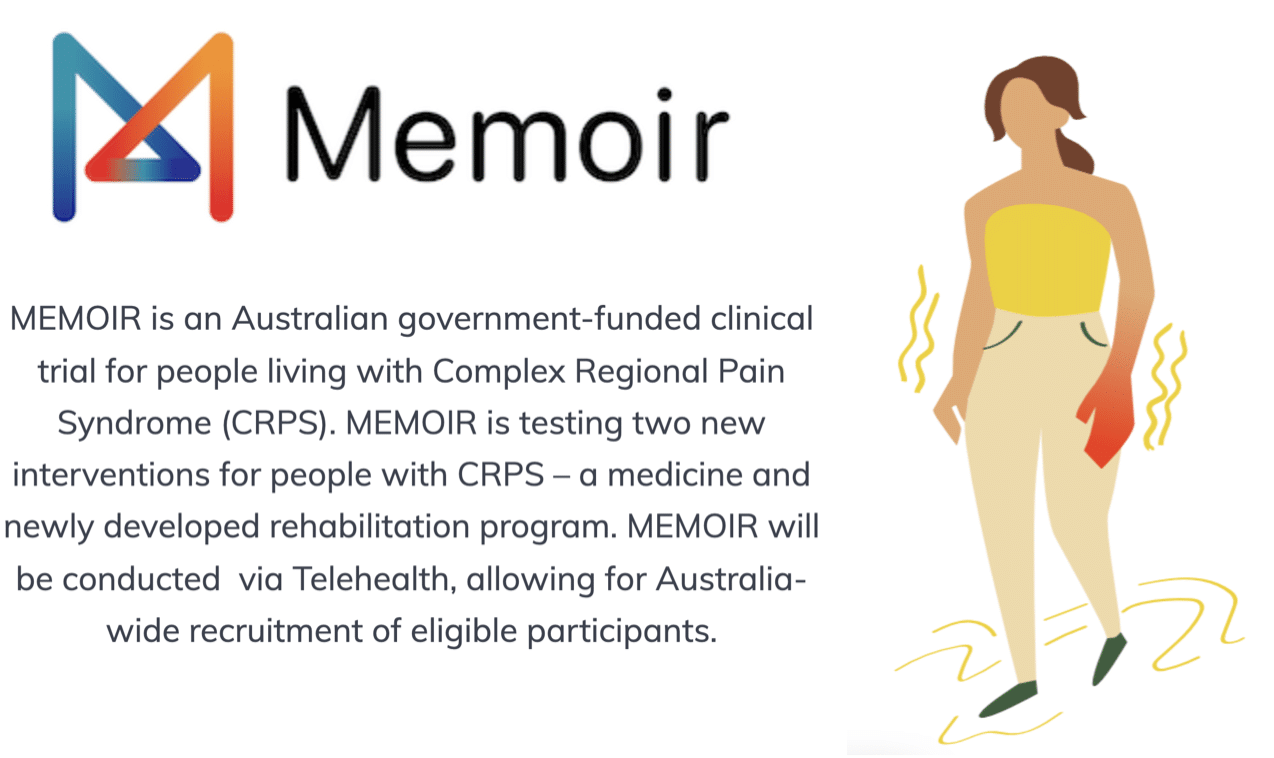Burning, violent pain
In 1812, Alexander Denmark a British surgeon working at the Royal Navy Hospital in Hampshire wrote of a soldier wounded by a bullet that had passed through his upper arm
“I always found him with the forearm bent and in supine position and supported by the firm grasp of the other hand. The pain was of a ‘burning’ nature, and so violent as to cause a continual perspiration from his face”
This was possibly the first recorded case history of Complex Regional Pain Syndrome (CRPS), a condition that has perhaps the most controversial history of attempts to understand and diagnose this potentially debilitating pain disorder.
Deep red or mottled, shiny as though skilfully varnished
Later, in 1864 Silas Weir Mitchell and colleagues authored “Gunshot Wounds and Other Injuries of Nerves” after their work with injured soldiers during the American Civil War. In this book they noted a syndrome characterised by chronic burning pain and skin disorders distal to the site of an injury, they wrote:
“The skin affected in these cases was deep red or mottled, and red and pale in patches… The surface of all the affected parts was glossy and shiny as though it had been skilfully varnished. Nothing more curious than these red and shining tissues can be conceived of. In most of them the part was devoid of wrinkles and perfectly free from hair”
Sudeck’s Atrophy
The first attempt to label this condition, appears to have occurred in the first Dictionary of Medical Science in 1874 and appeared as Causalgia – a combination of the Greek words for heat and pain. In 1900, Paul Sudeck, an early adopter of the new X-Ray technology of the time, noted an ‘Acute inflammatory bone atrophy’ that occurred in a number of patients after upper limb injuries or inflammation. Sudeck’s Atrophy was coined by a student of Sudeck’s and entered the medical lexicon, at the same time adding changes in the structure of the peripheral skeleton to the already identified symptoms of pain and skin changes.
Reflex Sympathetic Dystrophy
In 1917, military surgeon Rene Leriche described the resolution of chronic hand pain and numbness in a patient who had experienced a gun shot would to the right armpit, after the first sympathectomy. Leriche coined the term Sympathetic Neuritis and the role of the sympathetic nervous system in this condition continued to garner much interest. Between 1946 and 1947, James Evans described 57 patients with chronic pain affecting a limb after a fracture or other injury. This pain was associated with changes in skin colour, sweating and atrophy, and was noted to be relieved by sympathetic blocks. The diagnosis Reflex Sympathetic Dystrophy (RSD) was born.
Orlando
In the 1950s John Bonica refined the idea of RSD, identifying three stages, however it was his founding of the International Association for the Study of Pain (IASP) in 1973 that led to the greatest impact on our understanding of this condition. The IASP organised a consensus conference in Orlando, Florida in 1993 to establish shared criteria that could support a diagnosis. Bonica proposed a new name; Complex Regional Pain Syndrome, that suggested the condition was more complex than a dystrophy of the sympathetic nervous system and recognised the diverse pathogenic and clinical aspects of the disorder. The Orlando Conference established the first diagnostic criteria for CRPS, and differentiated between CRPS Type I (a form without demonstrable nerve lesions) and CRPS Type II (characterised by evidence of obvious nerve damage).
In use, the Orlando Criteria for CRPS showed high sensitivity, but low specificity resulting in the criteria intercepting all people with CRPS, but also many people with other medical conditions with similar clinical features such as diabetic neuropathy, that did not.
Budapest
Following the work and research of Pain Specialists Norman Harden and Stephen Bruehl, significant changes were suggested to the Orlando Criteria and these revisions were later discussed in 2003 at a consensus conference in Budapest. The updated Budapest Criteria required the presence of a certain minimum number of clinical signs and symptoms in various categories, and nearly two centuries after Denmark recorded pain experienced by a wounded soldier that “was of a ‘burning’ nature, and so violent as to cause a continual perspiration from his face” a modern criteria for diagnosing CRPS was accepted.
We now understand that Complex Regional Pain Syndrome is a debilitating disorder that usually occurs in a limb after trauma or injury. As the name suggests, the dominant feature of CRPS is severe, prolonged pain that continues long after the original injury has likely healed. The pain associated with CRPS is often unprovoked, and described as burning, stinging, stabbing or tingling. Allodynia and hyperalgesia are also common phenomena. Unique to CRPS are the associated, and often frightening, changes to the limb that can include altered temperature and colour, severe swelling, changes in skin texture, abnormal sweating, and changes to hair and nail growth.
The long, torturous history to reach a consensus on this often confounding condition reflects in many ways the paths of the people experiencing it. Despite a knowledge of this condition going back hundreds of years, and a consistent documentation of the very real signs and symptoms, patients can face denial, stigma, ignorance and misunderstanding at every turn as they seek help.
Valencia
In the final step of our diagnostic journey, a further adaptation to the Budapest Criteria was commenced in Valencia, Spain in 2019. The purpose of this review was to identify and correct any possible ambiguities in the diagnostic texts. Just recently, the outcome of this process was published in PAIN as the Valencia consensus-based adaptation of the IASP Complex Regional Pain Syndrome criteria. You can read the entire consensus paper here, where the important points on CRPS subtypes and the diagnostic procedure are detailed. Perhaps the most significant change however is in the classification of CRPS in the World Health Organisation’s International Classification of Diseases 11th Revision, or ICD-11. The authors of the Valencia Consensus state the classification of CRPS as a “focal or segmental autonomic disorder” is a mistake “based on the historic misunderstanding of CRPS as primarily an autonomic disorder.” The past 3 decades of CRPS experimental and clinical research clearly demonstrate that this is not the case. We therefore have proposed that the correct parent is “chronic primary pain.”
The biggest challenge remains
With the major challenge of identifying and diagnosing CRPS largely overcome, the obvious bigger challenge of effectively treating this disorder remains. Despite many medical advancements, CRPS remains resistant to most interventions, and there is no single treatment that is supported by high-quality evidence.
As CRPS researchers, we are taking on this challenge with our Australian Government funded clinical trial MEMOIR, with the goal of improving the international management of CRPS. The MEMOIR trial is testing the two most promising treatments for CRPS, in what will be the largest ever clinical trial for this often devastating condition. MEMOIR is conducted entirely via telehealth, allowing people with CRPS, who live anywhere in Australia, to participate from the comfort of their homes.
The MEMOIR trial is actively recruiting. If you, or someone you know, has CRPS, information on how to participate can be found HERE
– Isobel Williams and Michael Ferraro

Isobel Williams is a Research Assistant at Neuroscience Research Australia, working on the MEMOIR clinical trial. Isobel has a degree in biotechnology and has worked in laboratories specialising in immunology and histopathology.

Michael Ferraro is the MEMOIR Trial coordinator and Doctoral Candidate at Neuroscience Research Australia. Michael’s research is focused on the identification, development and evaluation of treatments for chronic pain conditions, particularly CRPS.


comments